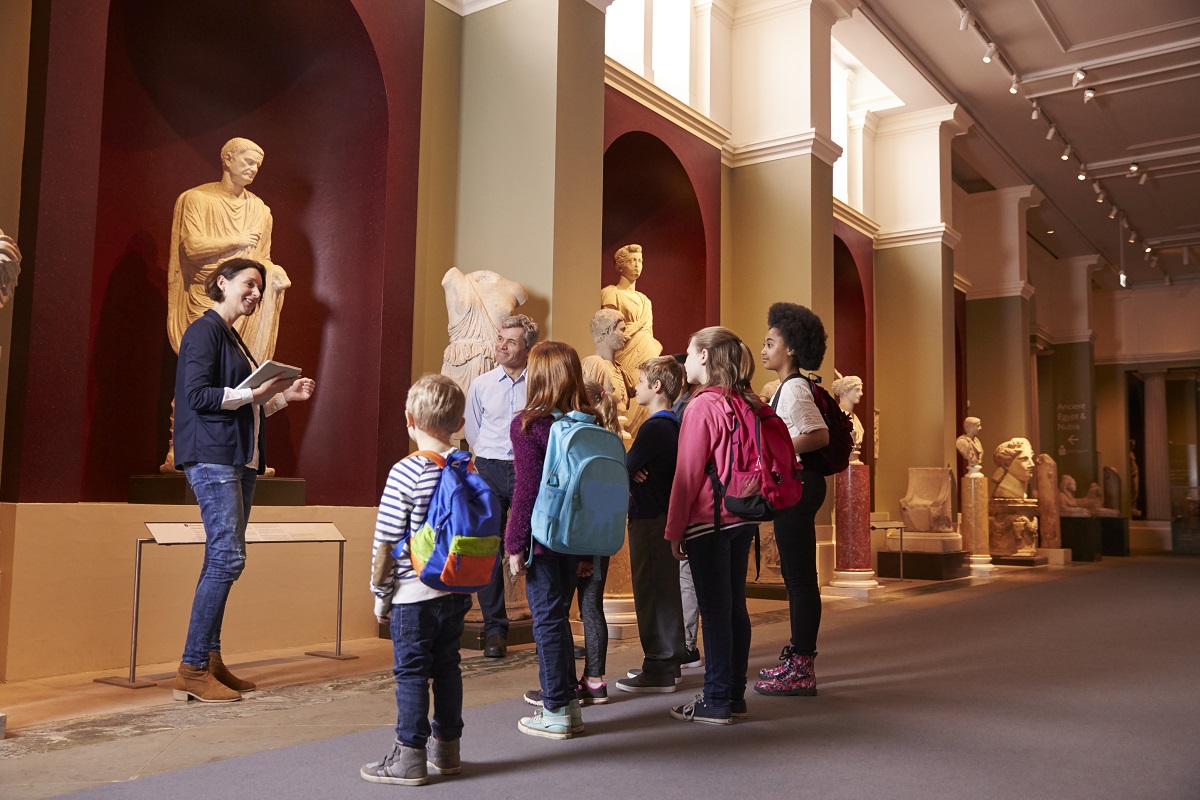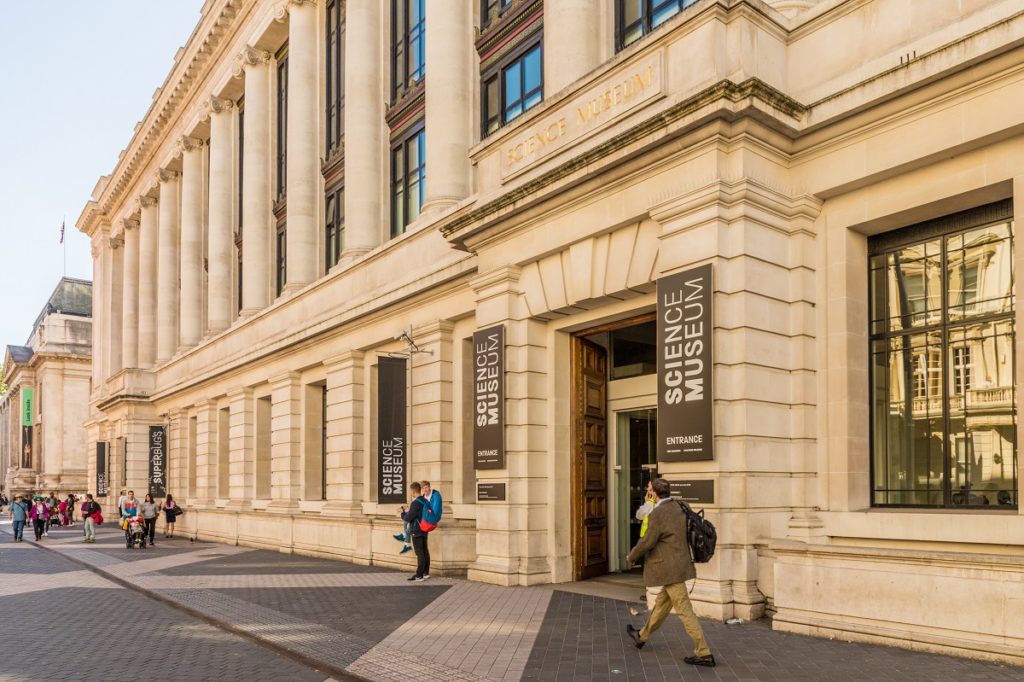Today, our top priority is health safety and social distancing. This is why museums are deemed as non-essential public spaces. Thus, they had to close their doors to the people to slow down the spread of the coronavirus. We understand this. Museums were generally crowded with people from different walks of life. School children were there daily as they enjoyed their field trips. Tourists from all over the world also visit them. They’re eager to see in person the work of Vincent van Gogh or Georgia O’Keeffe. Museums could easily be a hotspot for the virus.
But such museum closures, however temporary, resulted in the loss of millions of dollars. It resulted in the widespread layoffs of various museum personnel. The art community is dealing with various to survive the COVID-19 pandemic. Here are the ways they’re doing it.
Improving their Online Presence
Most people now prefer to stay in the safety of their homes. So they are constantly looking for ways to entertain themselves. They spent hours reading their books. They scoured their streaming services for movies and TV shows that could fill their time.
Museums banked on that idleness by enhancing their online presence in various ways. More of them are hiring webpage designers and social media managers. This is to catch the attention of people at home. They set up virtual tours. The most significant portal for virtual tours is Google Arts & Culture. It lets people tour over 2,000 museums all over the world. Museums also continued spreading stories and knowledge about art through video interviews and conferences.
Coping with the Financial Loss
For museums, the hardest thing that they have to deal with is their loss of visitors. Tourists aren’t around anymore because of the travel restrictions. Students are staying at home and coping with distance learning. They’re not even going to their actual schools, much less visiting museums for field trips.
This caused a severe financial loss. The American Alliance of Museums (AAM) found that 33 percent of its 760 survey responders reported that they might permanently close down their doors if they don’t receive additional government relief funding.
This problem is also severe outside of the United States. The United Nations Educational, Scientific, and Cultural Organization (UNESCO) and the International Council of Museums also found that 13 percent of museums worldwide may never reopen again. This is in response to the fact that almost 90 percent of all museums worldwide closed for different time periods.
Causing Job Layoffs

The massive financial loss and closure of museums also caused job losses. The AAM also found that 53 percent of museums had to lay off more than 30 percent of their personnel. This meant that curators, tour guides, restoration specialists, etc., are out of a job.
The art industry also has to deal with the loss of public interest. To keep themselves safe from the coronavirus, people aren’t very eager to visit museums. Laura Lott, the President, and CEO of AAM, shared that museums that did reopen are serving an average of 35 percent of their regular attendance. This number is so low. It won’t be sustainable for any museum. Even if they reopened, there’s a good chance that they might close again to deal with the financial loss.
Enforcing Strict Protocols
The museums that did reopen have to take extra measures. They have to ensure that their visitors are safe from the coronavirus. They also ensure that visitors are properly practicing social distancing. Like every public building in the world right now, there are temperature scanners at the entrances. Visitors are obligated to reserve their tickets and time slots online before their visit. Stations for sanitization are littered all over the place so that people could easily access them. Every visitor is required to wear a mask at all times.
These are all very understandable measures. But people can’t help but think that this really is different from how they visited museums before. Gone are the days when they could just sit in front of a work by Jackson Pollock and ponder over its abstract qualities. Now, they only have two hours to explore a museum. After that, they’re herded out by museum personnel in the name of their safety.
Art is the embodiment of culture. It’s how we celebrate our rich history. And museums protect them and make them accessible to the public. If museums aren’t there, how can the public appreciate works of art that defined movements throughout history? COVID-19 disrupted various industries and our everyday lives. But it’s also important to remember that it also affected the art community.

